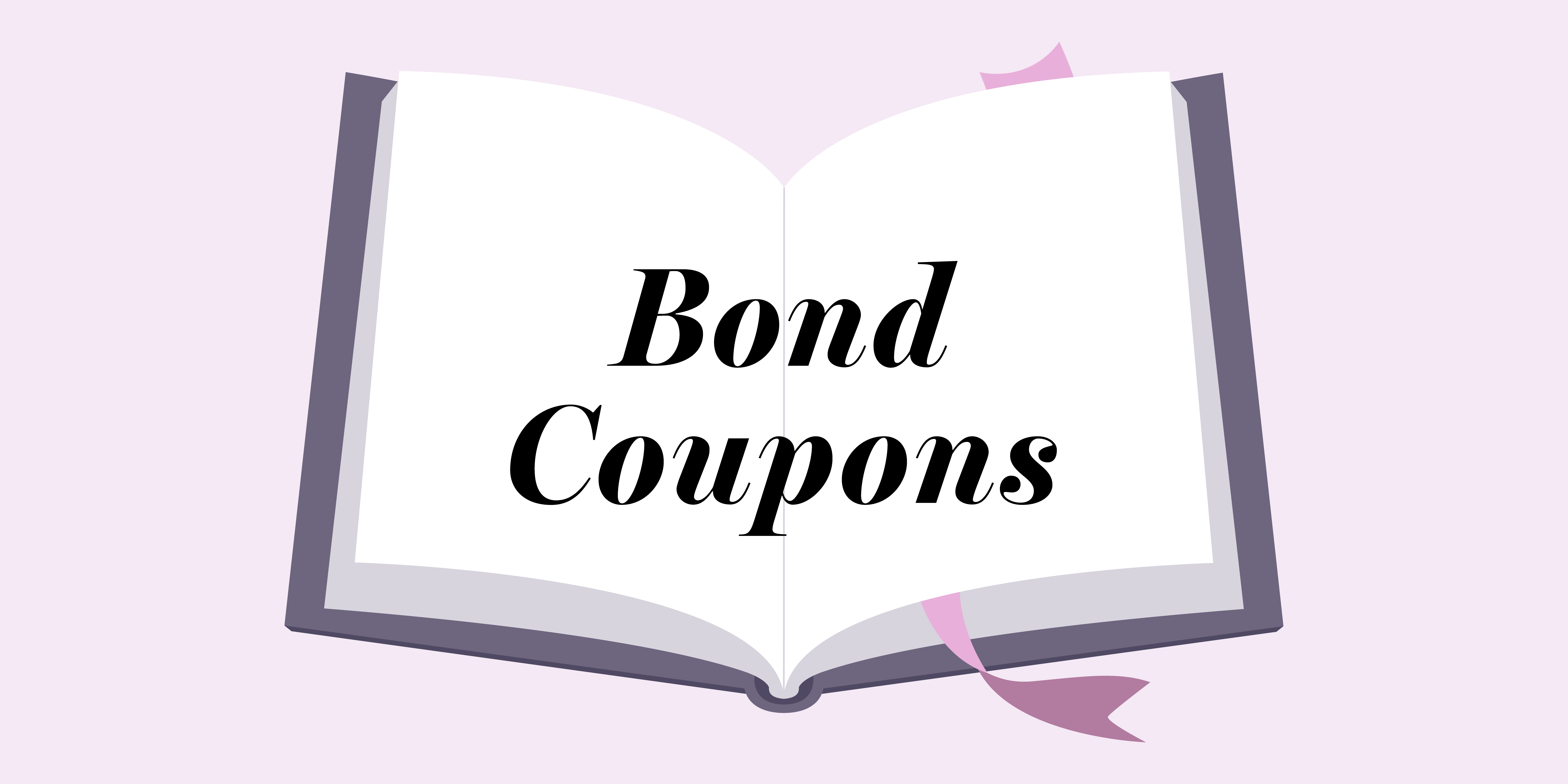A bond coupon is the annual rate of interest paid on a bond, expressed as a percentage of the face value.
A bond described as “Air Canada 4.625% Aug 15, 2029,” for instance, tells us that it’s an Air Canada bond with a 4.625% coupon and that matures August 15, 2029.
The coupon rate is specified at issuance, for all bonds, except zero-coupon bonds*. The issuer agrees (and is contractually bound) to make interest payments to investors, at the stated coupon rate. These payments occur at predetermined regular intervals, from issuance until the bond’s maturity.
Typically, interest payments are made semi annually, but some bonds have annual coupon payments.
Bond purchases used to give you a paper certificate with physical coupons attached. Investors would clip those coupons whenever interest was due and take the coupon to the bank to deposit it, just like cash or a cheque.
Although technology has since made the practice of paper bonds and coupons largely obsolete, coupon remains the common parlance. And “clipping coupons” still refers to the collection of interest payments on a bond.
If the issuer does not or cannot make a scheduled coupon payment, then the bond is said to be in default, which could lead to bankruptcy.
Since there is usually a cost associated with borrowing money, when governments and corporations raise money in the bond market, they must pay interest to the lenders aka bondholders.
The coupon payments represent the interest cost to the borrower, so a bond investor’s interest income will equal the coupon payments.
*Zero-coupon bonds don’t pay interest, but are issued at a discount and mature to a value that exceeds the initial investment.





